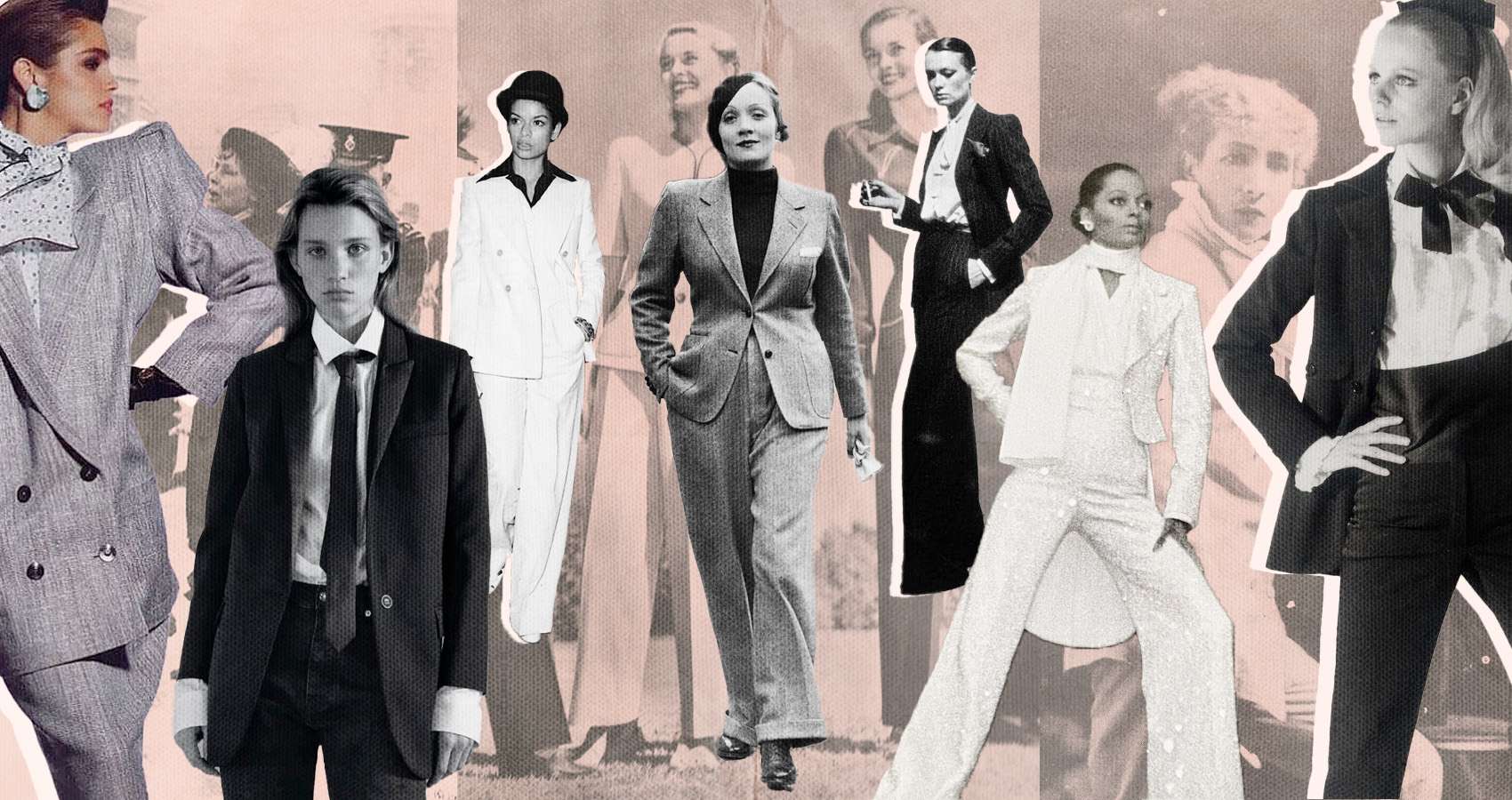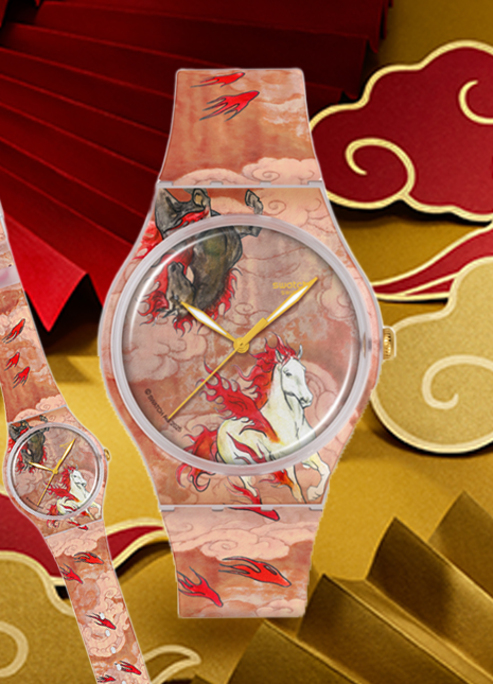Costume as a Symbol of Feminism
The journey of the suit from a three-piece to a gender revolution.
You can tell a lot by the way a person is dressed, but what does a person say about the clothes they wear? The history of the suit has undergone numerous debates and transformations, and today, we’ll explore how the English men’s suit evolved and found a permanent place in women’s wardrobes.
The Origin of the Suit
In 1666, Charles II, aiming to curb the extravagance of his court, banned French fashion and introduced a strict dress code: a long coat, waistcoat, and knee-length breeches. This move was more of a political gesture than a revolution in tailoring, yet it marked the beginning of the modern men’s suit.
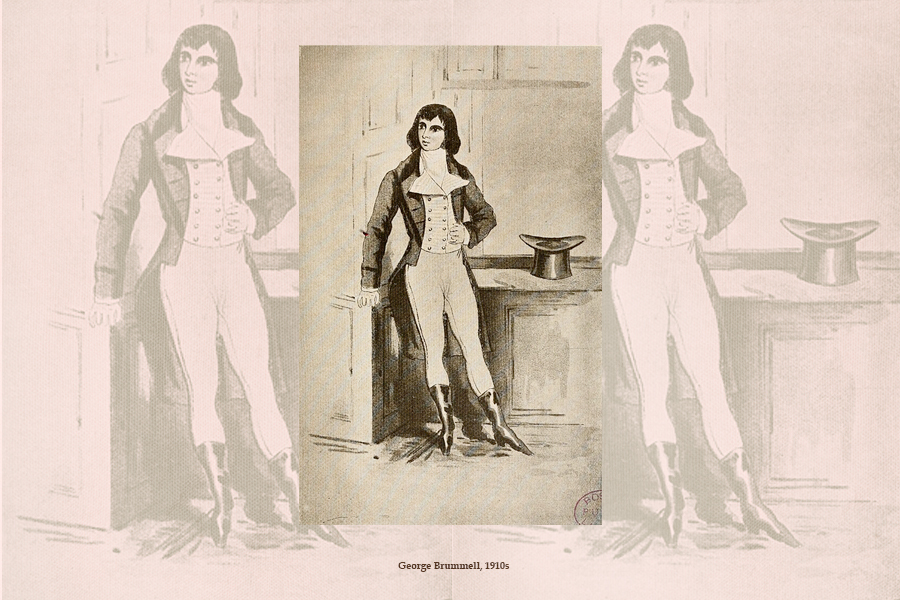
A century later, in the early 19th century, the image of the suit was completely transformed by the George Bryan Brummell, better known as Beau Brummell. His commitment to refined elegance and simplicity laid the foundation for what we now call classic style: full-length trousers, custom-made shirts, and a tailored fit.
The Suit's Influence on Women’s Fashion
The evolution of the suit, which began with royal decrees and the aesthetics of dandies, continued to adapt to the changing lifestyle. While women’s suits developed along a different trajectory, the men’s three-piece suit significantly influenced them, serving as a model of versatility and sophistication.
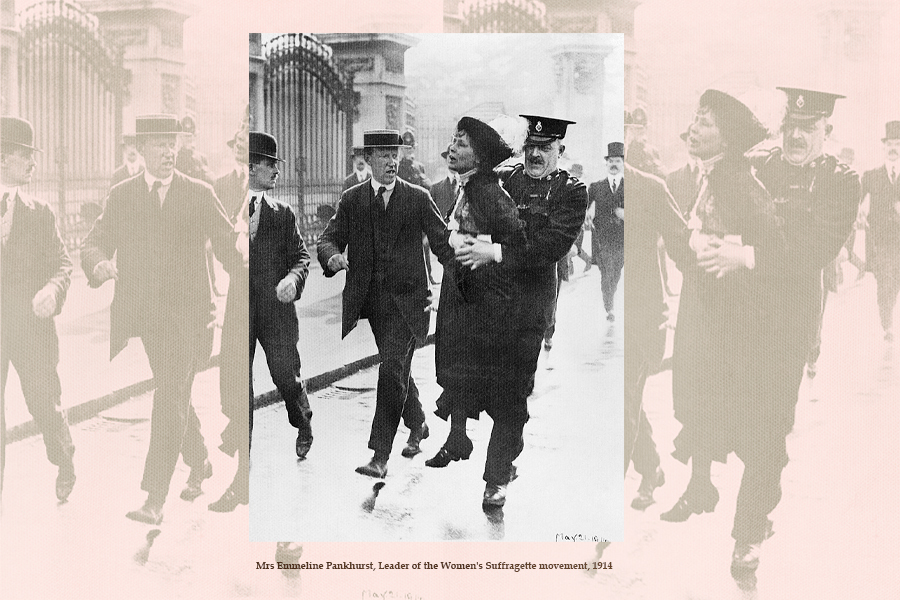
The Suffragette Movement and the Fight Against Restrictive Fashion
The suffragette movement in the early 20th century also fought against fashion norms that forced women to wear uncomfortable and restrictive clothing. One notable target of criticism was the “hobble skirt,” characterized by a silhouette narrowing around the ankles, which hindered women’s mobility. Although its creator, Paul Poiret, reportedly designed it to “restrain women’s legs” and potentially slow the suffragette movement, women of the interwar Jazz Age era embraced the concept of comfortable clothing and made a daring choice for the time: wearing trousers.
Legal and Religious Barriers to Trousers
To understand how bold this move was, it’s crucial to recognize that before the 20th century, there were both legal and religious prohibitions in Europe and the United States restricting women from wearing trousers. In France, only those with legitimate reasons, such as work or health, could obtain permission to wear trousers, and defiance could lead to arrest. Meanwhile, a San Francisco law from 1863 targeted “cross-dressing,” criminalizing public appearances in clothing not corresponding to one’s assigned gender. In Christianity, cross-dressing was also condemned. Deuteronomy 22:5 states, "The woman shall not wear that which pertains to a man, neither shall a man put on a woman’s garment, for all that do so are an abomination to the Lord your God”. While many modern Christian denominations no longer consider this rule relevant, some branches, such as Orthodox Christianity, continue to adhere to it.
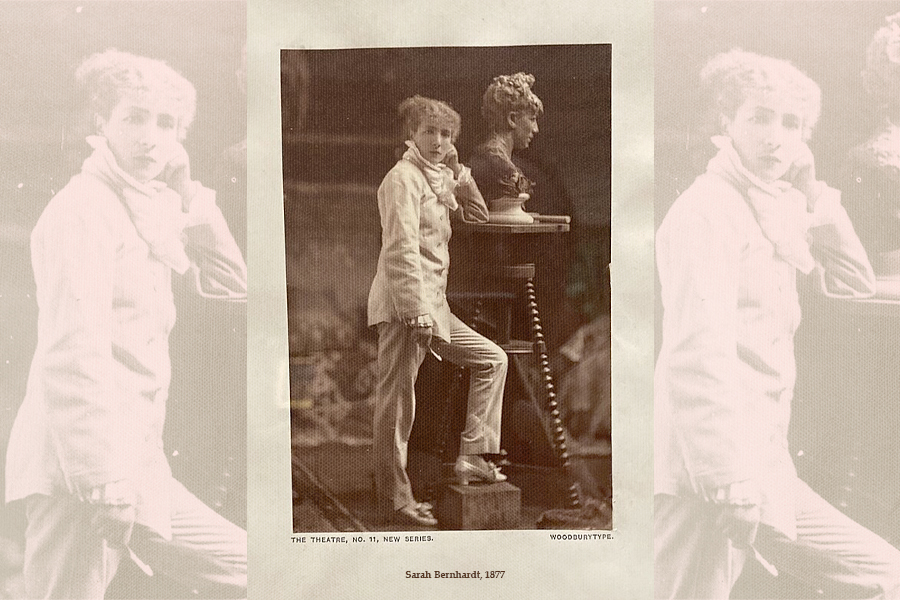
Early Trailblazers
The first known instance of a woman wearing a men’s suit was in 1870, when actress Sarah Bernhardt began appearing publicly in "boy's clothes." About half a century later, Eleanor Roosevelt inadvertently attended the annual White House Easter egg roll in trousers because she didn’t have time to change. Although Franklin Roosevelt's wife's act was ultimately accidental, it filled the public eye as defiant and audacious. Similarly, Marlene Dietrich’s daring style irrevocably changed global perceptions of women’s fashion. Josef von Sternberg’s film not only stood out as one of the first talkies but also featured the iconic scene of the young actress performing in a cabaret wearing a men’s tuxedo, complete with a top hat and bow tie, smoking a cigarette, and casually keeping one hand in her pocket. Dietrich’s roles repeatedly impressed audiences with her reimagining of gender norms, a shift made possible by the contribution of Marcel Rochas, who created the first women’s trouser suits. Born in Paris, the designer drew inspiration from the city and remained committed to his fashion house’s success even as others closed during wartime. His deep love for his wife and desire to give her the best drove Rochas to be the first high-fashion designer to introduce trousers into women’s everyday wardrobe.
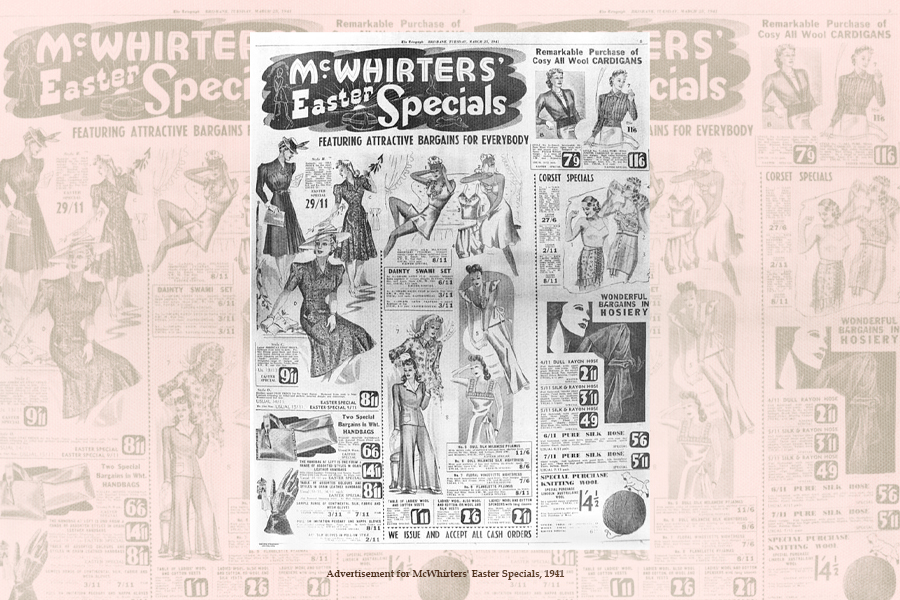
The Role of Hollywood and High Fashion
In 1939, Vogue launched the popularization of this new trend, publishing an issue featuring women in trousers. Rising film star Katharine Hepburn and designer Elsa Schiaparelli joined the movement, promoting the idea of incorporating trousers and suits into daily life.
The 1960s became a defining decade for feminism. Amid campaigns for equal rights, the creation of contraceptives, and protests against sexual discrimination, the trend for trousers and suits reached new heights. André Courrèges, a leading representative of futurism, included a women’s trouser ensemble with a straight, elongated jacket in his 1964 collection. Just two years later, Yves Saint Laurent invented the first women’s tuxedo, which was adored by icons like Catherine Deneuve and Loulou de La Falaise.
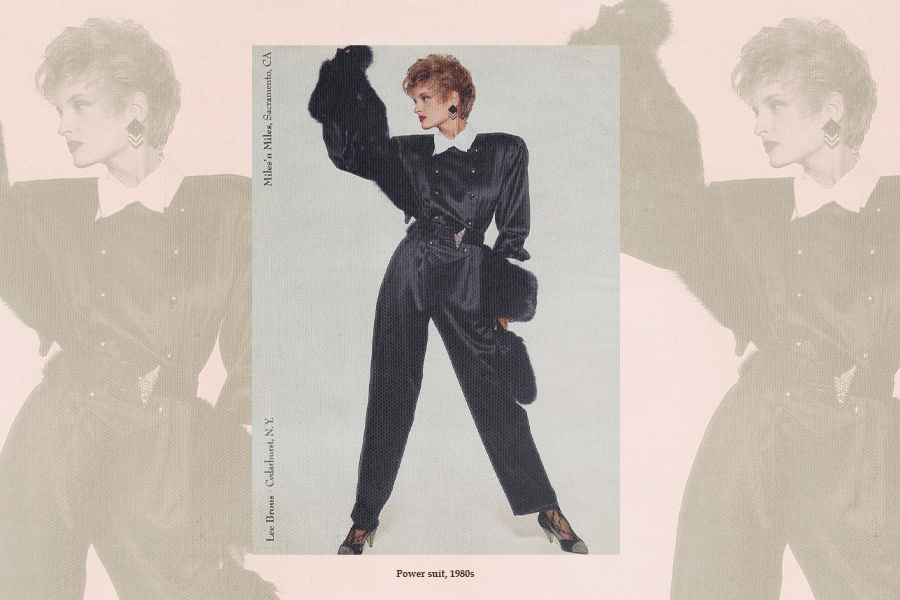
The Rise of the Power Suit
By the 1970s, the women’s suit had transformed from a rare and bold statement to a symbol of power and authority. Pioneers in this movement included Charlotte Reid, who defied the U.S. Congress dress code, Diana Ross at the Oscars, and Grace Jones with her exaggerated shoulder lines on the Nightclubbing album cover. In the 1980s, the “power suit,” popularized by Giorgio Armani, became the uniform of women in business. By the 1990s, the trend of "power femininity" emerged, coinciding with a massive influx of women into the corporate world.
The Legacy of the Suit
Today, it’s hard to imagine a wardrobe without a suit, and especially a women’s wardrobe without trousers. In every modern outfit combining style and freedom, we see the legacy of bold women who challenged the constraints of their time. These suits are not just clothing but a reminder of how fashion became a tool for empowerment and change.



